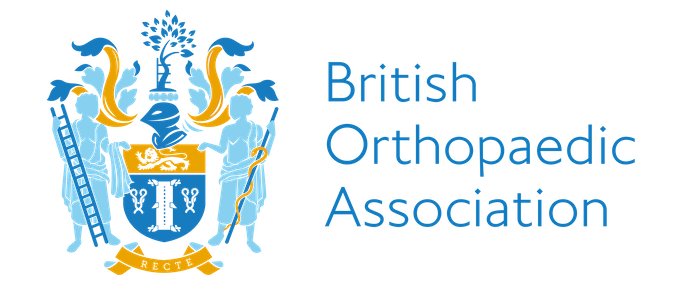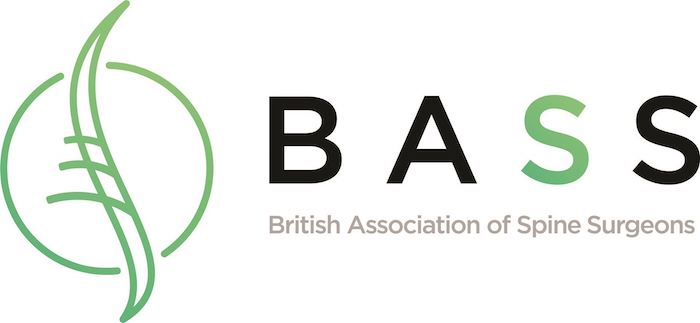Conditions treated: disc herniation
What is a disc herniation?
Disc herniations occur when there is an imbalance between the pressure being exerted by the disc in the middle and the wall containing the disc on the outside. When this imbalance occurs the disc material in the middle of the disc, also known as the “nucleus pulposus” can push through the outer wall, also known as the “annulus fibrosus” into the spinal canal. This can occur without actually causing any problem; however it can cause direct compression to the nerve root.
Often disc herniations can cause a degree of back pain as well as leg pain or sometimes just simply leg pain. On occasion the disc herniation can simply manifest itself as back pain. Disc herniations have many names; they can be called a disc herniation, a disc protrusion, a prolapsed disc, a disc bulge, an extruded disc or a sequestered disc. By and large these are all the same. There are some minor subtleties associated with where the disc actually is and as to whether the disc actually detaches from the disc wall. When the wall is intact but weakened allowing it to deform, the bulge is often called a disc herniation.
If the disc material breaks through the wall it can be called a disc protrusion. If the disc material pushes out beyond the wall and along the back of the vertebral body it is often called an extruded disc. This would be akin to toothpaste being pushed out of a toothpaste tube. Finally if the disc actually detaches and hides away from the actual disc wall it is often called a sequestered disc, which taken literally means that it is either removed or separated from the disc itself. In these situations the disc fragment can often be hidden remotely from the actual level of the disc itself.
The most common symptom that the patient actually feels from a disc herniation is leg pain, also known as sciatica. Where the patient feels the pain in the leg depends on which nerve root is being compressed. Sometimes disc herniations can cause buttock pain with minimal back or leg pain. The important nerves, which we have to be careful with when they are compressed, are the sacral nerve roots.
Sometimes compression of the sacral nerve roots can be a medical emergency and causes what is known as cauda equina syndrome. This may start with pain or weakness in both legs. Also patients may have a feeling of pins and needles (paraesthesia) or numbness around their saddle area or worst-case scenario, frank loss of continence, with loss of control of bowel and/or bladder function. The saddle area is the area, which, if you sat on a saddle, would be the part of your skin, which would be in contact with it. This is also known as the perineal area or the perineum. I often refer to it as the 'nether regions'.
How I manage disc herniations
When examining you my primary concern is whether you have any loss in neurological function. I don’t need to prove you have back or leg pain, because I believe you.
In order to diagnose a disc herniation you will need an MRI scan. I will send you for a scan either at The Priory Hospital, or if you are claustrophobic to the open scanner at CMC Imaging in Knowle. I also always perform an x-ray of your lumbar spine in a standing position as this can often highlight things that are missed on an MRI. This is because you have to lie down to have an MRI and if you spine moves forward from a lying position when standing it will be missed on the MRI.
At your review appointment I will go through your scan with you and show you your disc herniation if you have one. If you do have a disc herniation, the options available are watch and wait, physiotherapy, acupuncture, an injection or an operation as a last resort.
I don’t believe there is any place for manipulative therapies for disc herniation, as the disc cannot be pushed back into place.
Before 6 weeks
It is important to remember that 80% of disc herniations get better by themselves in 6 weeks. This occurs by the body recognising the disc material as being in the wrong place and sending special cells to the area of the disc herniation to “eat” it up. This is known as disc resorption, in that the disc is resorbed. During this time it will be extremely painful and unfortunately there is no evidence that any form of therapy will speed up the rate at which the disc is resorbed.
During this time it is important to take anti-inflammatories regularly as well as codeine based preparations with Paracetamol. If the pain is very severe you may need morphine based medication. During this time it is also very important to stop you back seizing up and this is where physiotherapists, chiropractors and osteopaths can play a vital role to teach you the relevant exercises to keep your back mobile.
Having acupuncture or using a TENS machine may help but it is important to remember that in 8 out if 10 cases the disc will be eaten away by the body’s natural defences in 6 weeks irrespective of anything you do to control the symptoms. Knowing this, I would not offer anyone surgery before 6 weeks as it is important to see if the problem heals naturally. The only exception to this rule is if you are developing progressive weakness (what we call evolving neurological compromise) in the leg or if you have cauda equina syndrome, which is a surgical emergency.
After 6 weeks
Once 6 weeks have elapsed if you are still in pain then sadly you are in the wrong group (the 20%), and in these cases the disc can take anything up to 18 months to resolve. In consultations I regularly say, “if you have a nut to crack it is better to start with a nutcracker rather than a sledge hammer”. What I mean by this is, surgery should always be the last resort. I often find that a great many disc herniations that have been present for more than 6 weeks can be treated with a spinal injection.
The rationale behind this is that we know that a disc herniation provokes an inflammatory response that can be treated by anti-inflammatory steroids injected directly into the disc. The Roman scientist Celsus first described the key signs of inflammation about 2,000 years ago. These are:
- Calor – heat
- Tumor – swelling
- Rubor – redness
- Dolor – pain
In a disc herniation the nerve experiences all these symptoms, and being compressed in a tight space the last thing it needs is to be swollen.
All doctors tell their patients to take anti-inflammatory drugs. When taken orally they have to be absorbed by the stomach and get into the bloodstream to exert an effect. With an injection, anti-inflammatory steroids are injected directly to the area where the disc is - delivering a much more precisely-targeted treatment.
It is important to realise that the anti-inflammatory drug does not speed up the rate at which the body’s natural defence eats away the disc. It just reduces the heat, the swelling, the redness and pain in the nerve. Once the nerve is less swollen it is no longer in contact with the disc so the compressive element is reduced and the pain associated with inflammatory process is also reduced.
This is often referred to as the “chemical radiculitis” associated with a disc herniation. A radicle is the root from a germinating seed and in anatomy the radicule refers to the nerve root. An “itis” means that it is inflamed. So a “chemical radiculitis” is an inflamed nerve root secondary to the chemicals released as part of the inflammatory process. This is the fourth component of the inflammatory response described by Celsus.



